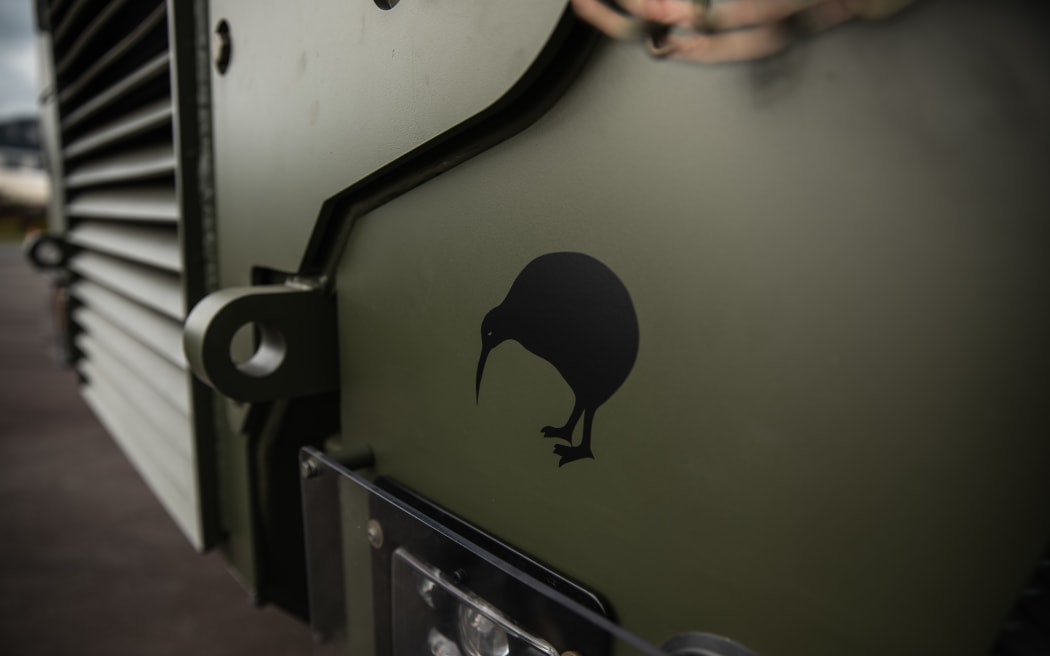
Uncertainty over hazardous substances and work safety laws had held up auditing more regularly as is required. (file image) Photo: RNZ / Samuel Rillstone
The Ministry of Defence has begun auditing its handling of hazardous materials such as rocket fuel and tonnes of old ammunition.
It has done just a single audit in the last decade, which found shortcomings and shortcuts that had to be fixed.
Uncertainty over hazardous substances and work safety laws had held up auditing more regularly as is required.
"The legal framework ... remains unclear," the ministry told RNZ in a statement.
"However, Defence has engaged with the EPA [Environmental Protection Authority] and WorkSafe to ensure the work could be undertaken in a way that meets the spirit and intent of both Acts."
Phase one of the audit in the South Island was aimed to be completed later this year, with the North Island second phase to start a few months after that.
The eight-year gap since the last audit in 2016 coincided with revelations about contamination with heavy metals, and PFAS 'forever' chemicals around bases, including in Manawatū and Auckland.
The Defence Force ended its investigations a couple of years ago into the cancer-linked PFAS compounds locked into groundwater by the use of banned firefighting foam.
"Across the Defence estate it is not possible to quantify the liability nor to establish any need for remediation," it said.
"Investigation of PFAS contamination is a routine part of investigations preliminary to earthworks for construction activity across the defence estate" and were not separated out.
Finding and fixing water contamination is costing billions of dollars in the US and Europe.
A new study shows Australia is among the hotspots for the toxic manmade chemicals, however, New Zealand was omitted entirely from the maps reproduced in the journal Nature Geoscience.
"Our study doesn't have any data from NZ," University of New South Wales told RNZ.






